Rank Species | Scientific name Hogna carolinensis Higher classification Hogna Order Spider | |
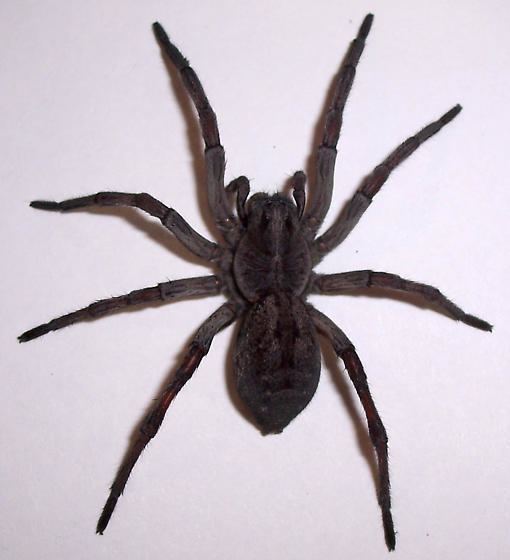 | ||
Similar Hogna, Wolf spider, Arachnid, Tigrosa, Tigrosa helluo | ||
wolf spider hunt hogna carolinensis
Hogna carolinensis, also known as the Carolina wolf spider, is usually regarded as the largest of the wolf spiders found in North America. The body length of females is typically 25 millimetres (0.98 in), and the body length of males is typically around 19 mm (0.75 in). Members of this species are known to live in burrows that they dig.
Contents
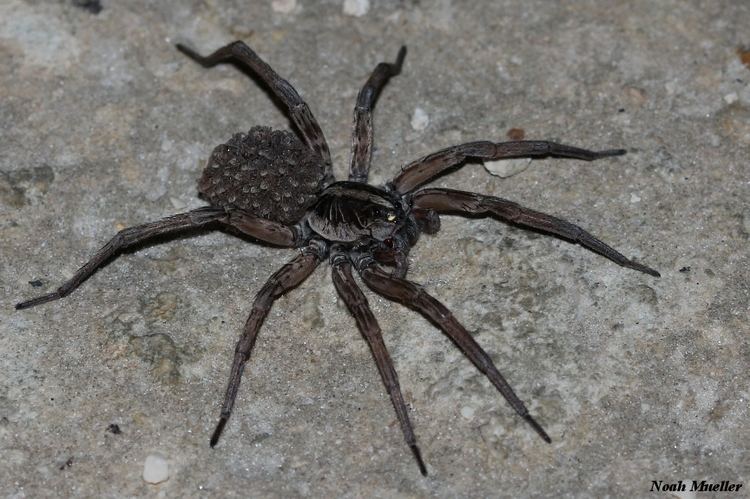
The undersides of the cephalothax and the abdomen are both solid black. Their large eyes reflect light well, so that they are sometimes hunted at night using a flashlight.
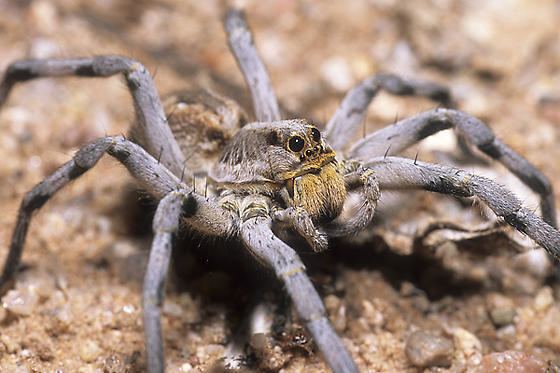
While the appearance of these spiders may seem rather foreboding, they are not inclined to bite. They flee anything larger than themselves, and generally will bite humans only if they feel threatened and are unable to escape. They do have large fangs that can create mechanical injury to other creatures, but their venom is not regarded as medically significant. A bite by one of them is sometimes described as about as painful as the sting of a bee or wasp.
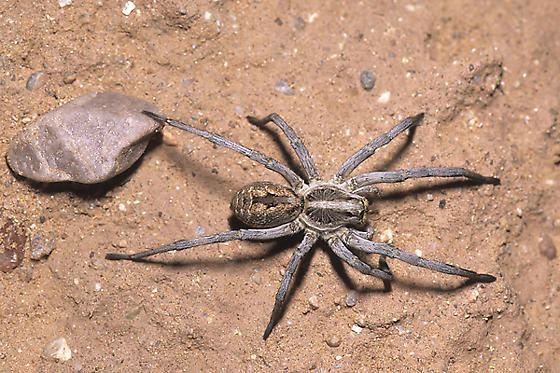
These spiders, notable for their size, are adept at capturing sizable agricultural pests such as grasshoppers and crickets. As nocturnal predators, they actively seek out prey to ambush during the night. Due to their limited climbing ability, they typically stay on the ground in natural habitats, concealing themselves under rocks or within their own burrows for shelter. When they enter human habitations, usually with the onset of cooler weather in autumn, they usually remain on the floor.
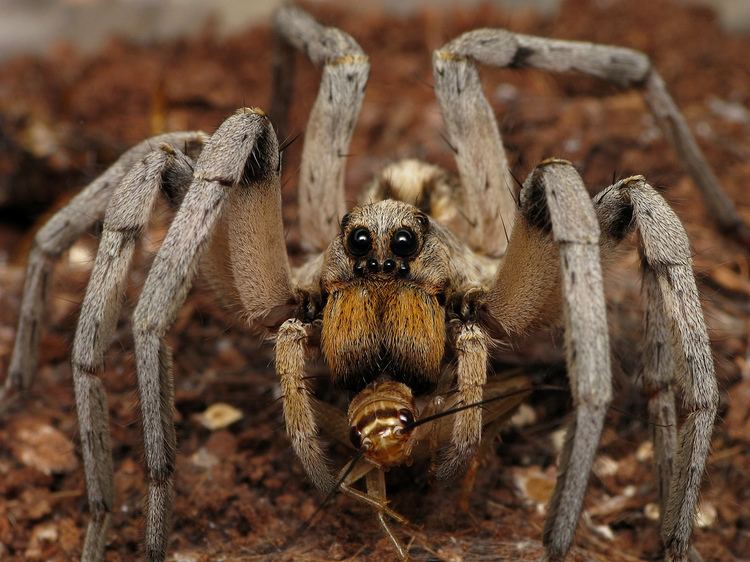
In 2000, the Carolina wolf spider was declared the official state spider of South Carolina.
